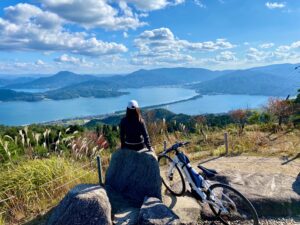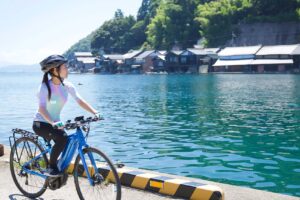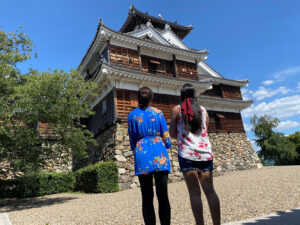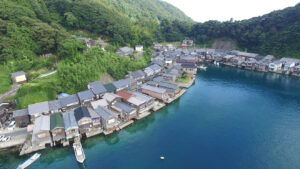Many people leave Amanohashidate in an hour with just looking down it, but Amanohashidate is a sacred place of Shinto in Japan, with over 1000 years of history and many attractions.
This time, I, a local, will introduce the highlights of Amanohashidate.
1. Chion temple
Chion-ji is the most influential temple in Amanohashidate and enshrines the Buddha of wisdom. It is said that if you put the smoke there on your head, you will become smarter.
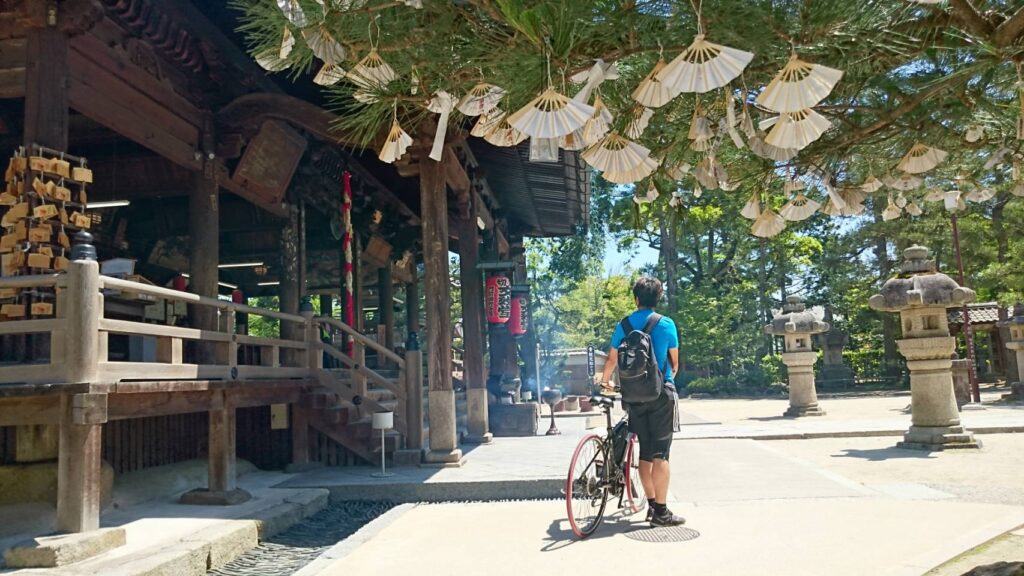
2. Eat "Chie no Mochi"
In front of the temple are four teahouses that have been open for over 400 years and are said to have been opened for pilgrims by the temple. Even a 300-year-old guidebook recommends eating ``mochi of wisdom'' here before making a pilgrimage.
Nowadays, it is common to combine mochi, azuki beans, and tea all over Japan, and it is said that the original is here. It's delicious just for the standard, and said that eating it will make you smarter.
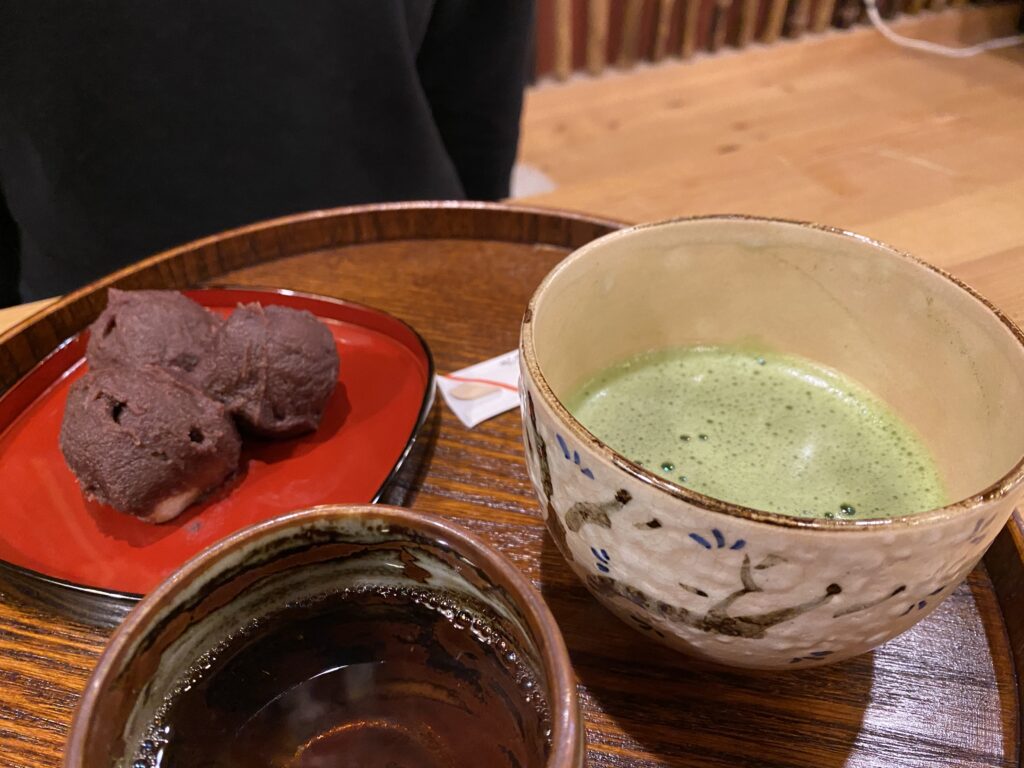
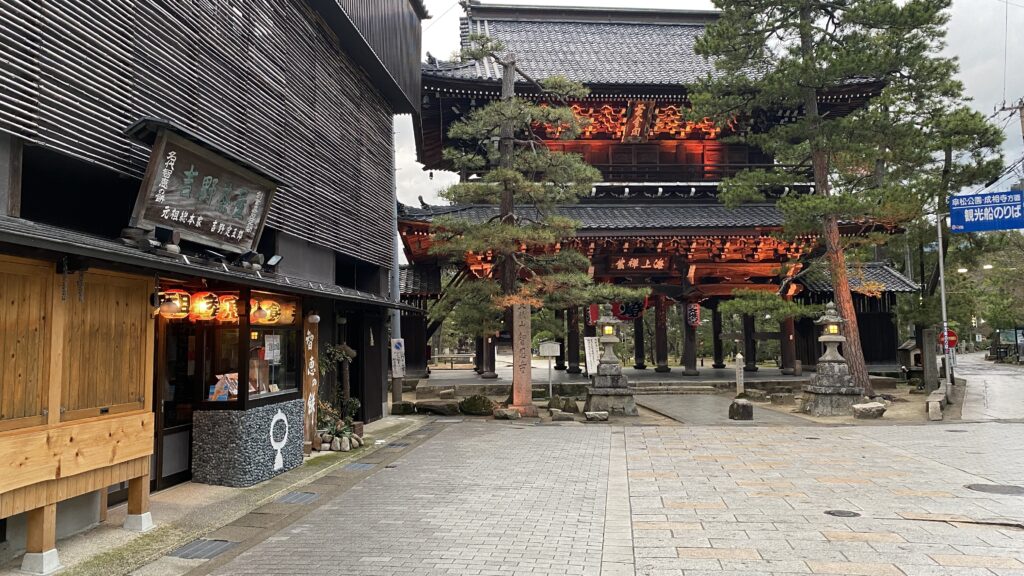
3. Cycle through the Amanohashidate Sandbar and beach
Amanohashidate is a sandbar with a total length of 3 km, but you can cycle through it. If possible, we would be happy if you could borrow our E-Bike, but if you don't have time, you can use a regular city bike from another shop.
The sandbar is a beach, and many Japanese people come to swim in the summer. Even if you don't have a bathing suit, the beach is so beautiful that you can feel good just walking on it. There are also benches and stalls.
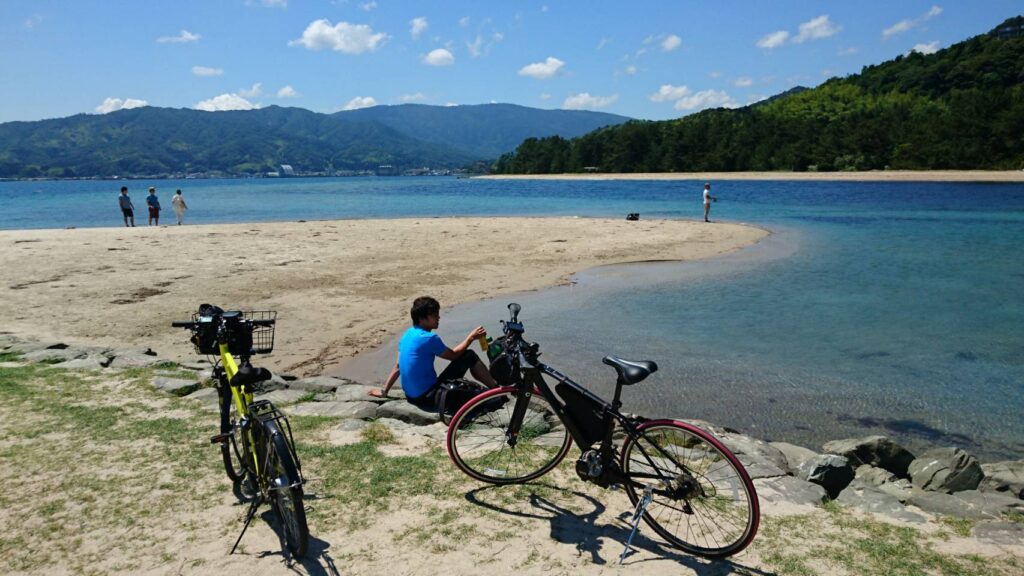

4. Moto Ise Shrine
Moto ise Shrine means the first shrine where Amaterasu came down to earth before she moved to Ise Shrine. Amaterasu is the highest sun god in Japanese Shinto.
In Japanese, Amanohashidate means a bridge that stands in the heavens, and it is also derived from the fact that Amaterasu used this bridge to travel between heaven and earth.
Even in the early modern period when Buddhism was powerful, people consistently visited both temples and shrines when they came to Amanohashidate. The fact that it coexists is one of the interesting things about Amanohashidate, which is the largest sacred place on the Sea of Japan side.
Manai Shrine, which is about 500 meters behind Moto Ise shrine, is a shrine that enshrines the main body and is the number one power spot. The water that springs up there is believed to be divine water from heaven, and restaurants in the distance come all the way to get it.
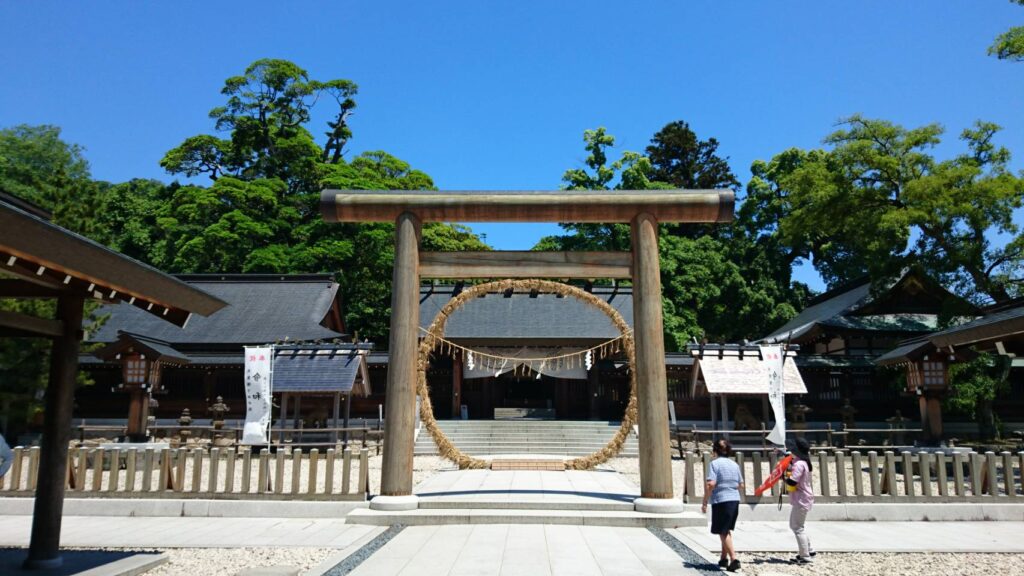

5. Nriai temple
Nariai-ji's steep slopes are feared even by local cyclists, but Anyone in good health can climb with E-Bike.
These days, most people take the cable car and look down at Amanohashidate from the observatory, but as a local, I think the view from Nariai Temple is the most beautiful, just like it was 1,000 years ago.
This is one of Kansai's leading autumn foliage spots, and you can see beautiful autumn foliage and the sea in autumn.
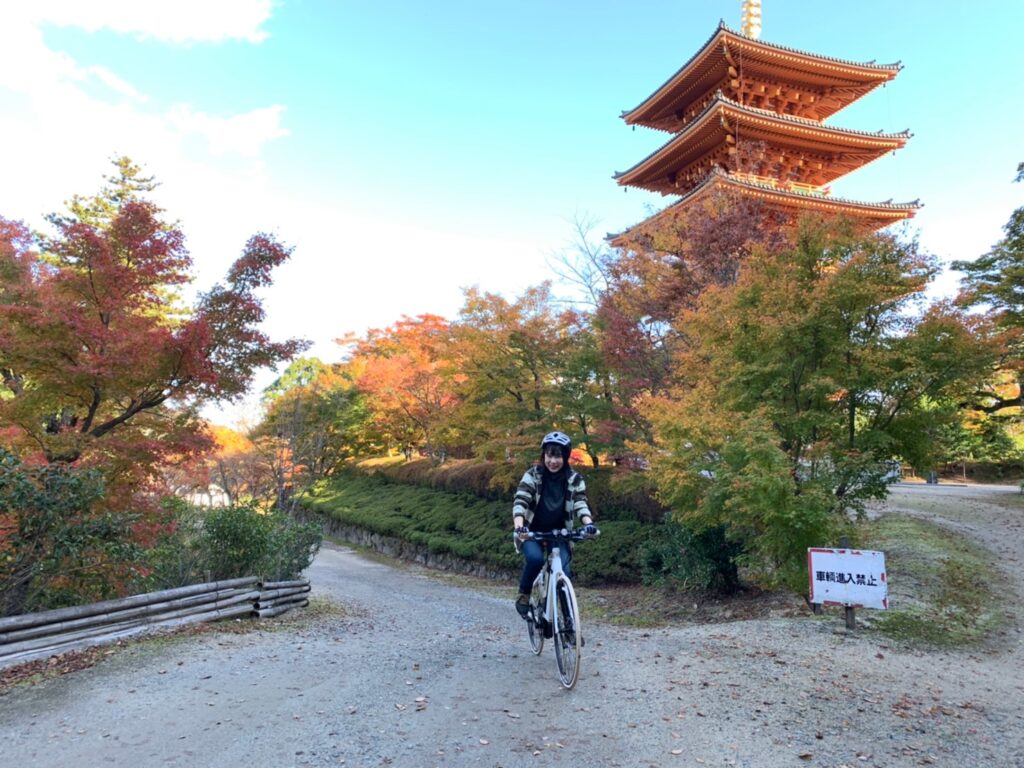
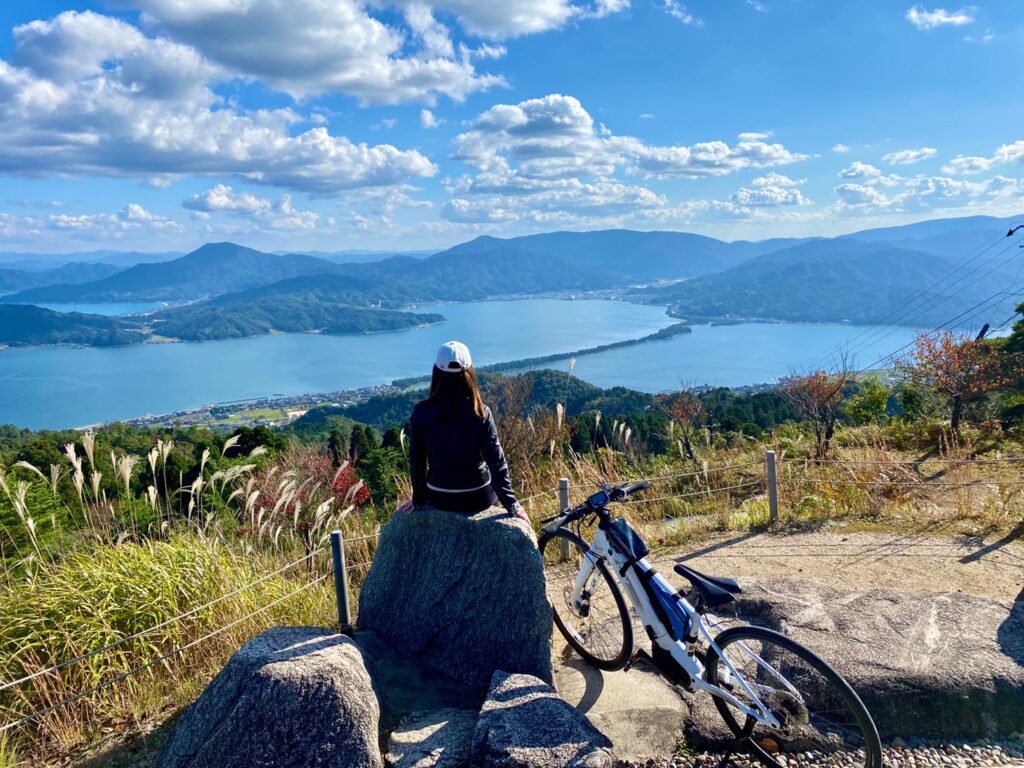
*Seafood Lunch
Let's eat delicious seafood after lightly exercising.
As a local, I recommend restaurants near Motoise Shrine such as Yoshinoya and Tsuruya or near Roadside Station Miyazu such as Kawasaki or Tondaya.
For those who don't like raw fish, there are boiled fish and udon noodles, and recently a vegetarian restaurant has opened.

6. Amanohashidate View Land/ Kasamatsu Park
I explained that Nariaiji Temple is the best place to see Amanohashidate, but if you don't have much time or are physically weak, I recommend taking the cable car from Amanohashidate View Land or Kasamatsu Park to the observatory.
Kasamatsu Park in the north and Amanohashidate View Land in the south are both beautiful, so you can decide according to your itinerary.
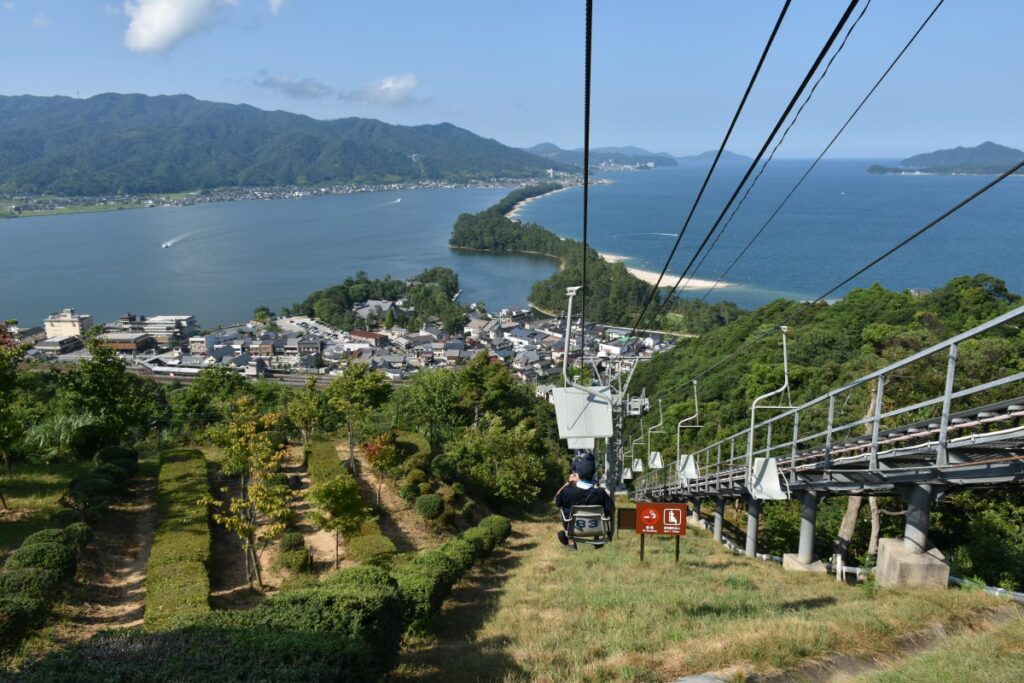
7. Revolving bridge
Amanohashidate has a revolving bridge, which is rare in the world, and there is an episode.
This bridge was built 100 years ago, but until then a ferry was used. With the opening of the railroad and the liberalization of movement, the number of tourists increased rapidly, and on the other hand, the demand for freight by ship also increased, so this bridge was built as a compromise.
A famous Japanese poet wrote a poem about it as a symbol of Japan's modernization.
Even now, it rotates about once an hour, so if you come across one, you are lucky!
8. Kanabiki Waterfall
This waterfall is very mysterious and has been used by monks for training since ancient times. The waterfall is likened to the shape of a dragon, and it was also regarded as the incarnation of Amanohashidate, which is also likened to a dragon.
Summer is not a place for training, but it's comfortable, so it's often used as a playground for children.
In addition, kinbiki means that a gold string is pulled, and it is very popular with Chinese people because of the link of money and the dragon.
It's about 2km from the road station, but it's best to go by E-Bike because it climbs a steep slope.
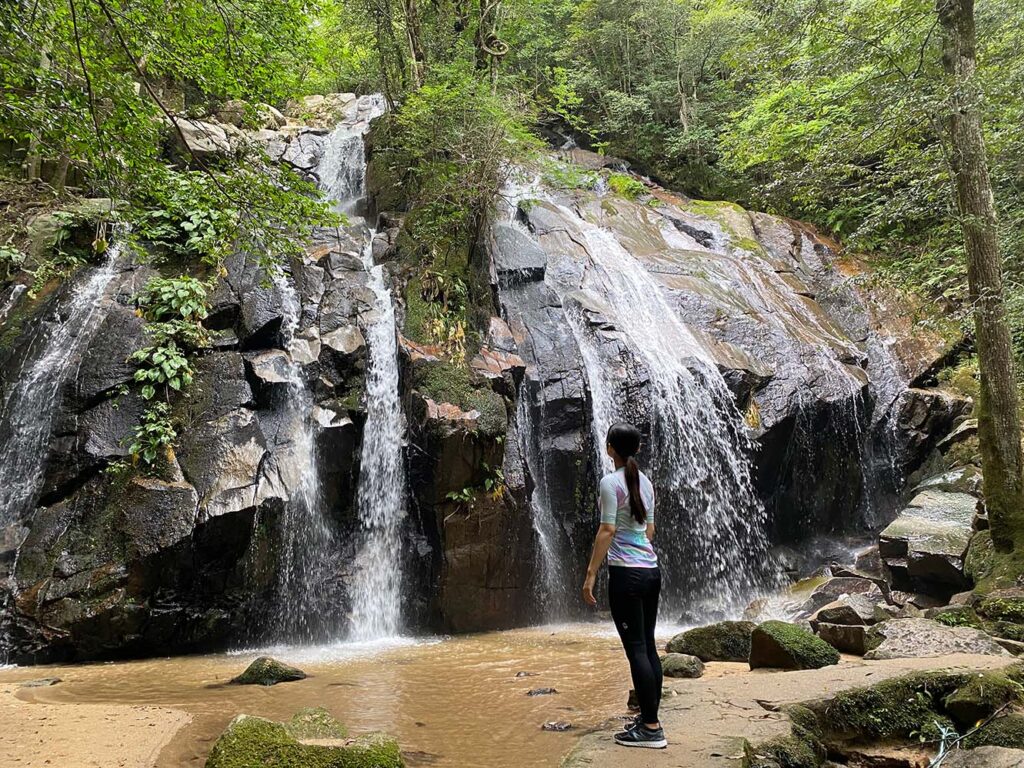

9. Mikami Family's House
The Mikami family were the largest merchants and samurai in the area.
The mansion is designated as a cultural property and is very luxurious and full of Japanese craftsmanship.
There is also a cafe where you can relax and drink local fruit juices.
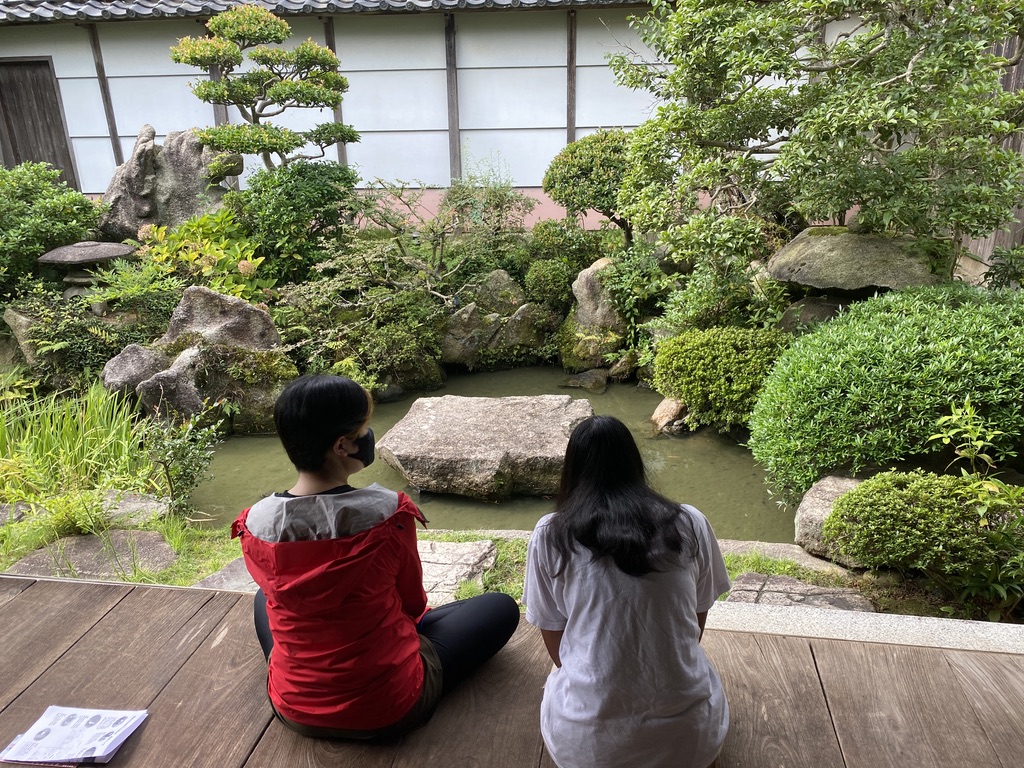
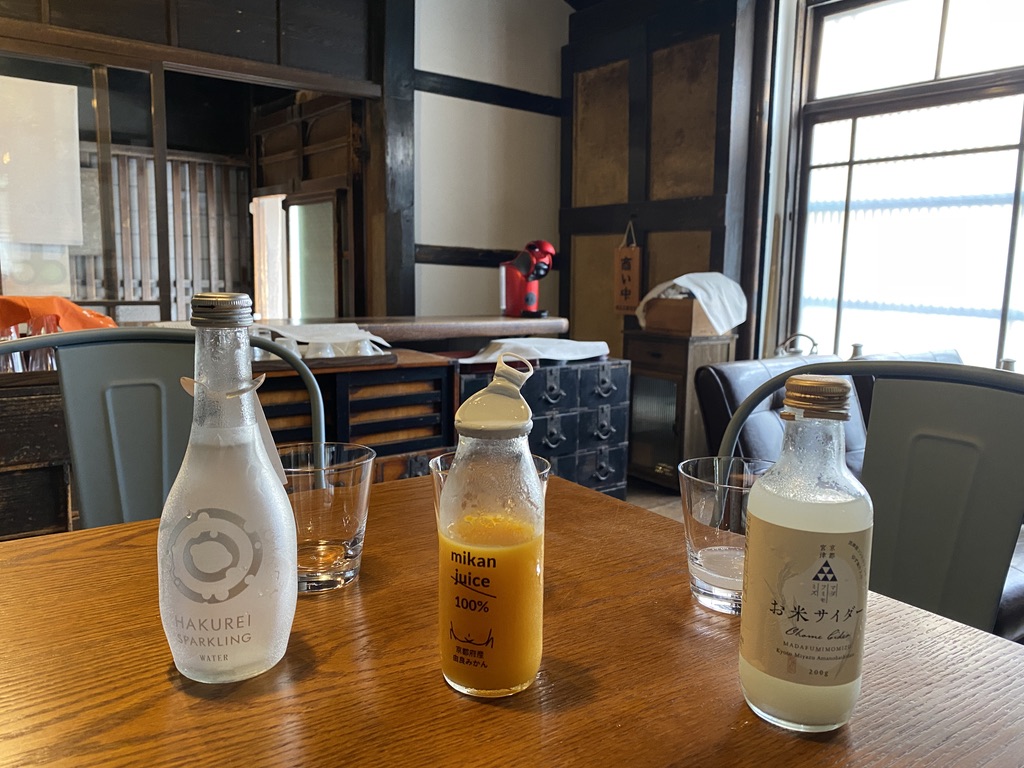
10. Iio Rice Vinegar Brewery
In fact, the most important ingredient in sushi is vinegar. In Japan, vinegar is made from rice, and the basic manufacturing method is the same as sake.
Iio brewery produces very high-quality vinegar that is used in restaurants in big cities, and when you get close to it, you can smell the mellow smell of vinegar.
There are souvenirs that can only be purchased there, such as drinkable vinegar and vinegar that can be mixed with rice to make delicious sushi, so you'd better to stop by.
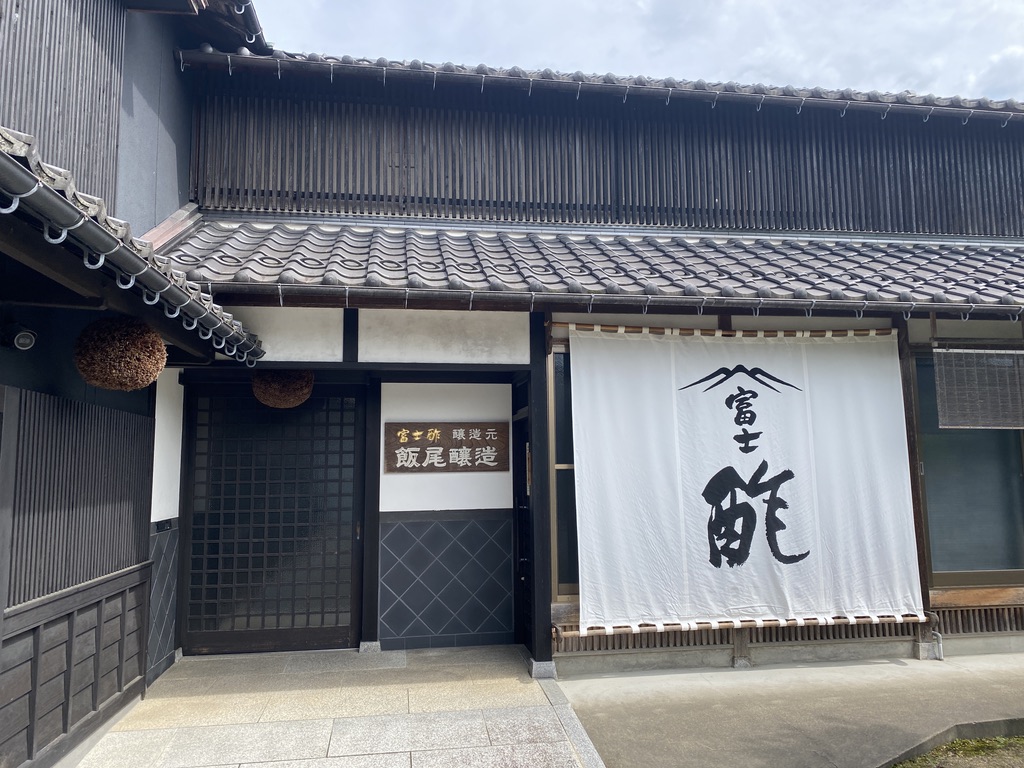
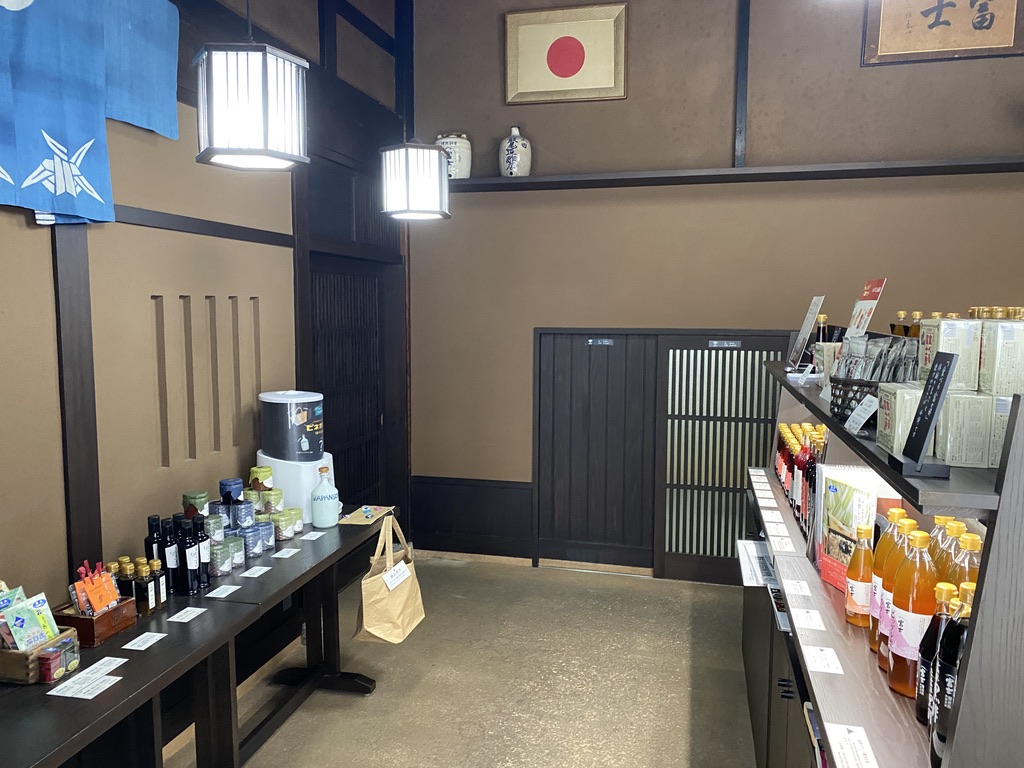
0. Ine
Let's visit Ine together. A mysterious world that is different from Amanohashidate is spreading. It takes 50 minutes one way by our E-Bike, or 1h by bus.
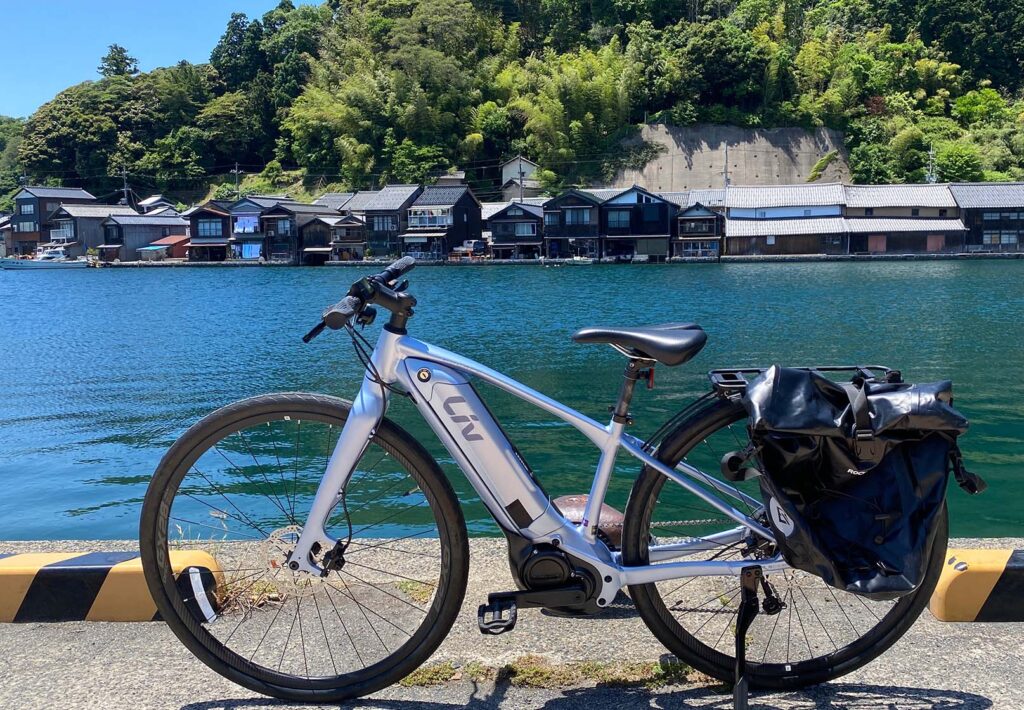
Model Course
Amanohashidate Pilgrimage Course
[For Active Person] Distance 19.3km/
Touring time 3h/ Cumulative elevation 336m/ Rental spot: Amanohashidate
Beautiful Seaside Course (Amanohashidate to Ine)
[For Beginners] Distance 20km(Oneway)/
Touring time 1h(Oneway)/ Cumulative elevation 104m/ Rental spot: Amanohashidate

